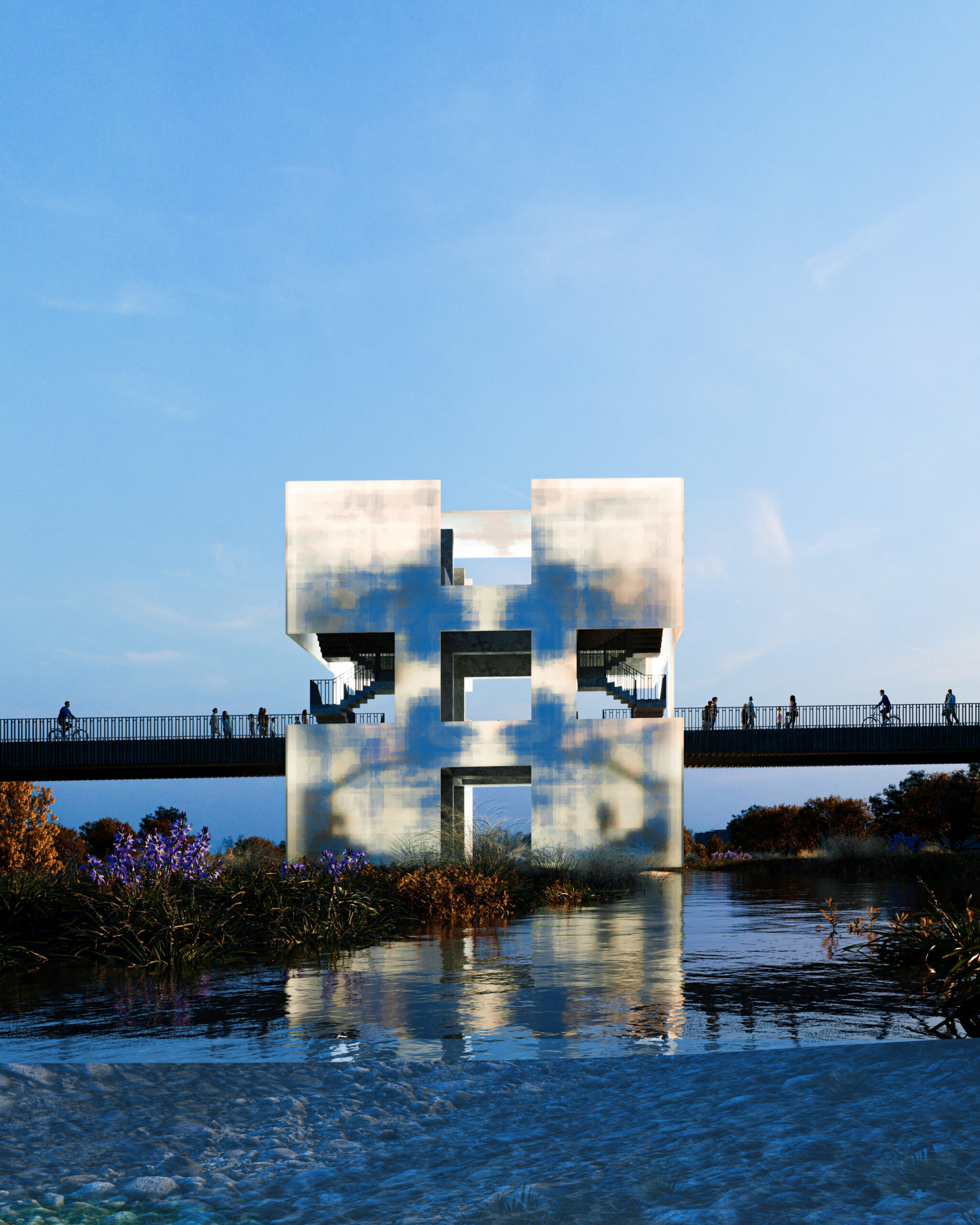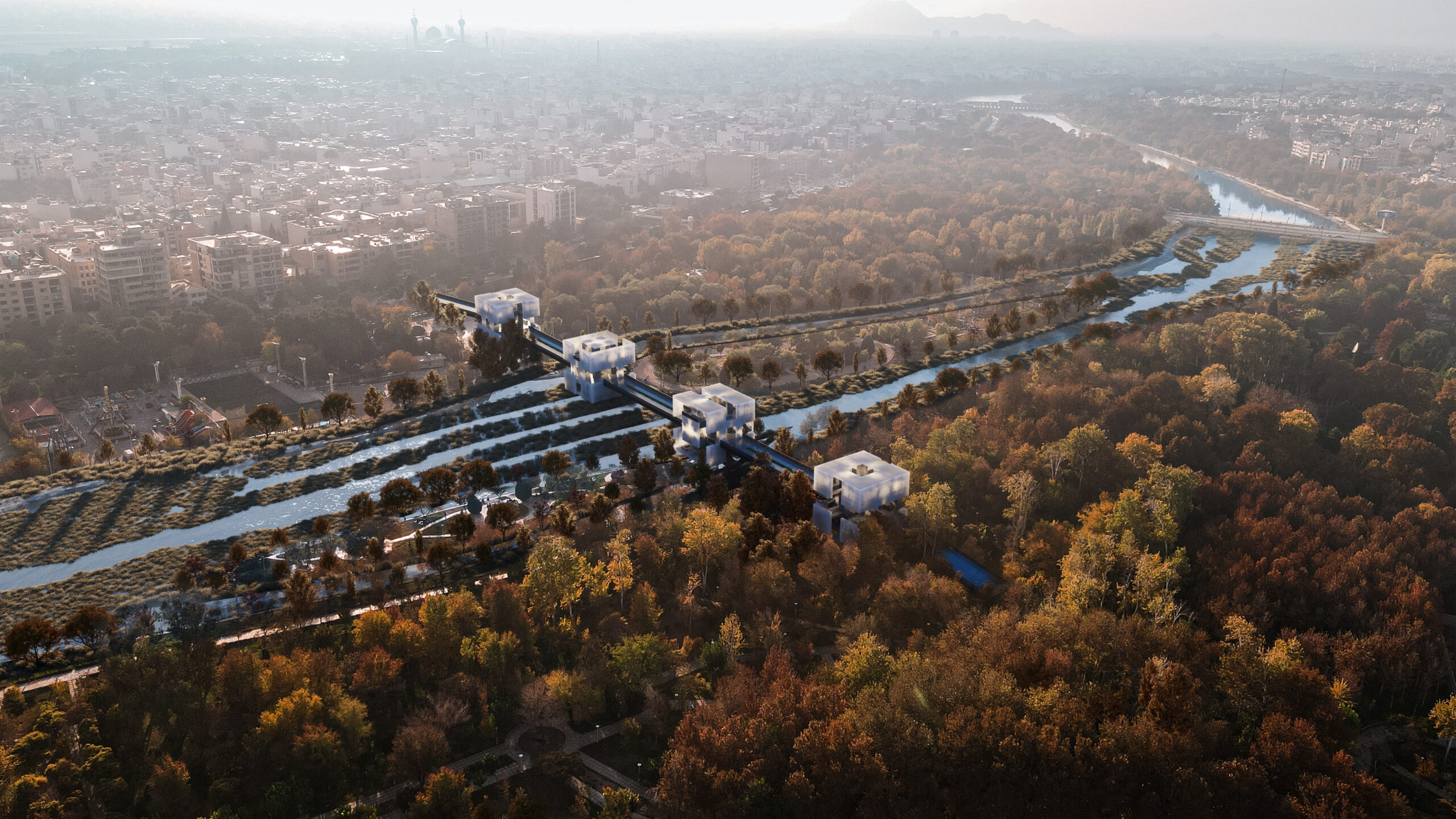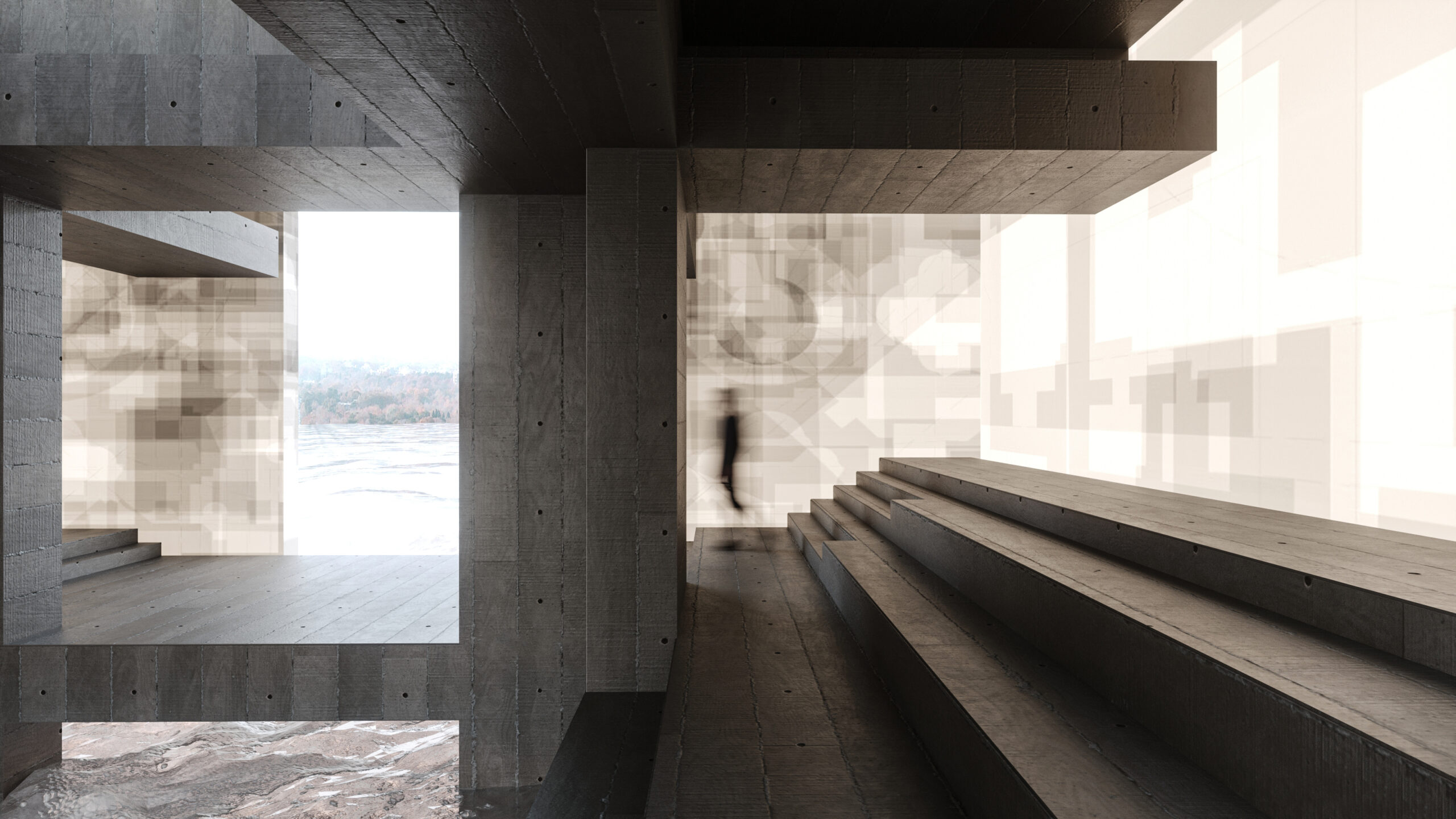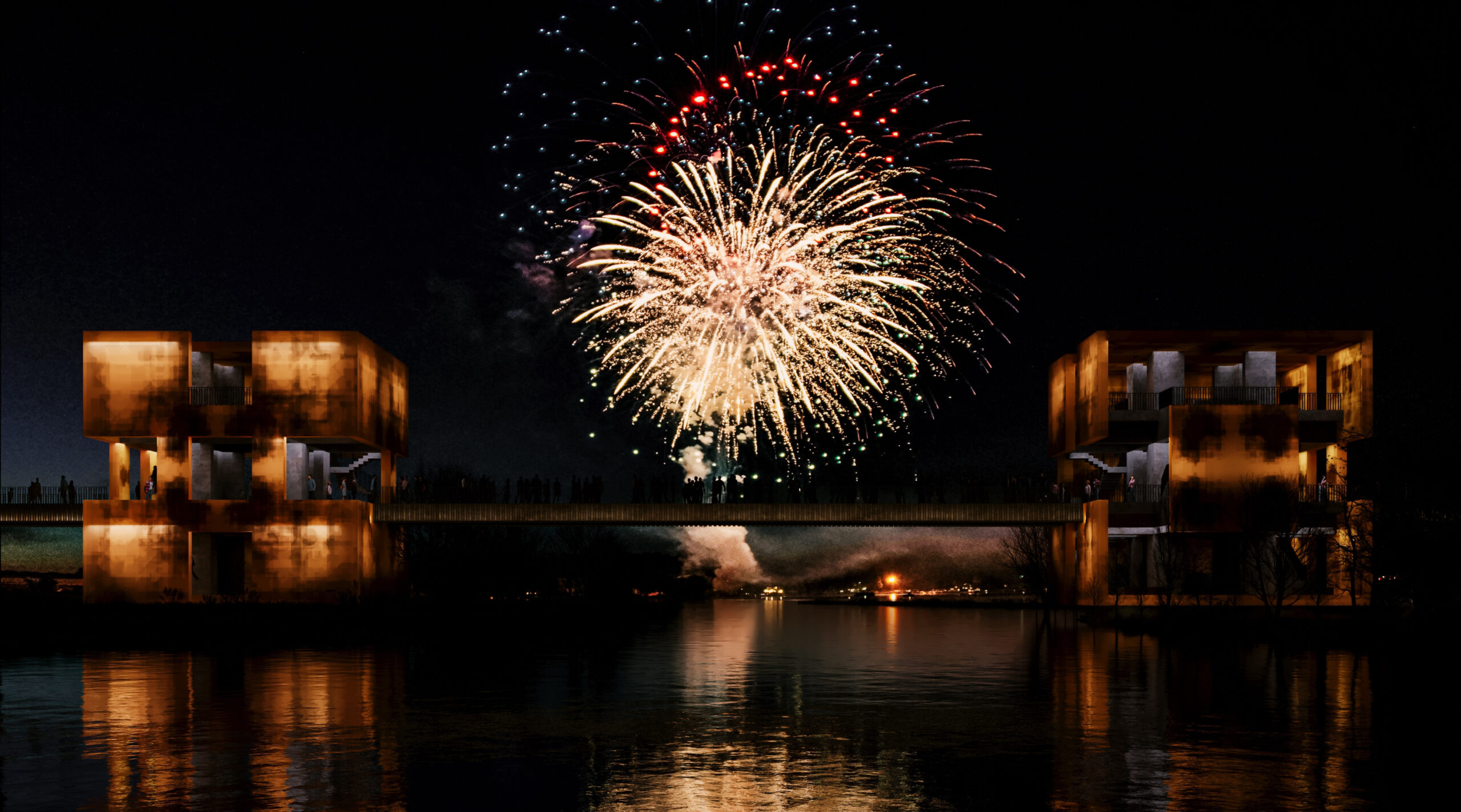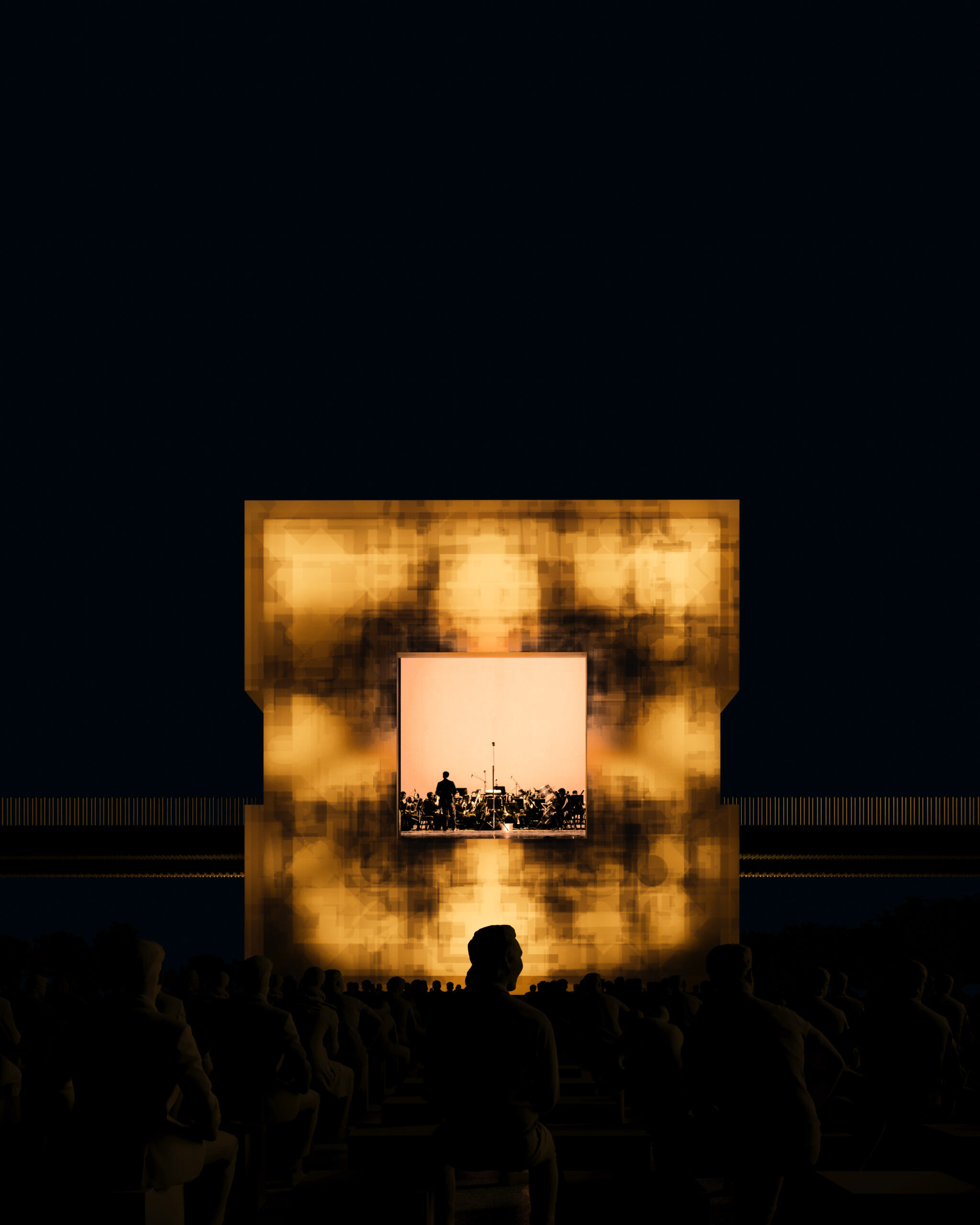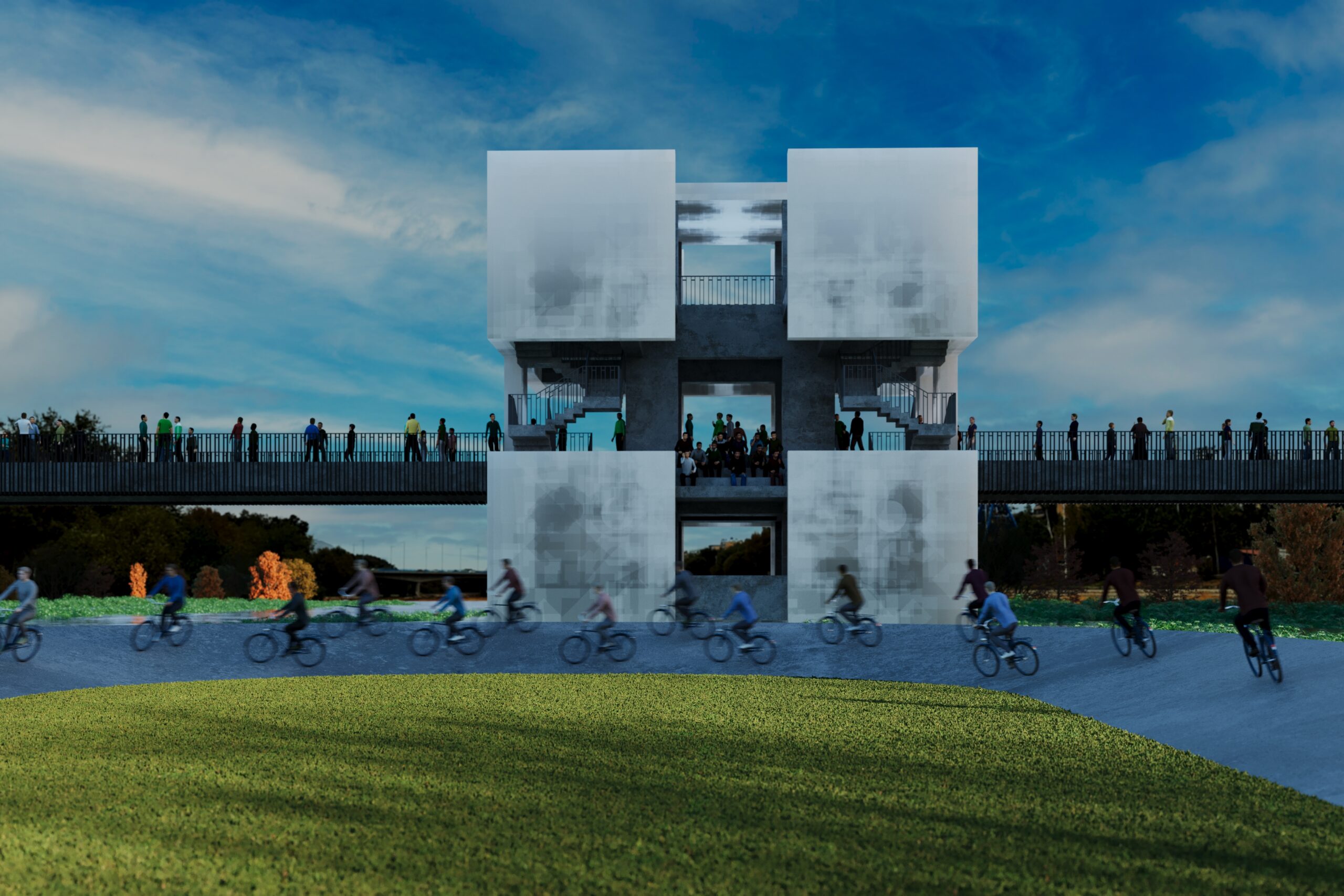
Chaarkhaan Bridge
The design of the Chaarkhaan Bridge aims to connect the historical architecture of Iran, the urban planning of Isfahan, and the Contemporary needs of today's urban life. This bridge is a symbol of Iranian architecture's original structure and explores its contemporary potential to link historical and contemporary elements. During a five-year research period, we discovered that Iranian architecture focuses on the existence of two perpendicular axes in building formation. This paradigm, originating in the Sassanian era, is based on a primary gene called "Chahartaqi," consisting of two intersecting corridors that create a spatial core at their intersection. This foundational gene can expand in all four faces of the building and can manifest in a nine-square grid. With the expansion of ivans (porticos) from each direction, this structure reaches a different spatial combination, which can be open, semi-open, or closed, depending on the building's intended function. Our studies revealed that all structures and functions of Iranian architecture are based on this primary gene.
In this project, each of the hexagonal facets of the pavilions refers to one of the expansion forms of the Chahartaqi (nine-square grid) paradigm in the history of Iranian architecture. The pavilions are each placed on the ground or over water through one of their facets, providing visitors with an experience of various spatial qualities while maintaining the same structural similarity through their passage over this bridge. This sequence from the most open to the most enclosed space forms a unique bridge crossing experience that has never been encountered before. Crossing the bridge is like traversing through the spatial qualities of Iranian architectural history in an exceptional experience. Additionally, the Isfahan school of urban planning avoids creating a vanishing point in viewpoints, instead, each placement of viewpoints opens up a vast perspective. This hierarchy of sequence placements creates transitions. In this structure, each of the pavilions has the capacity to host ceremonies, exhibitions, and special urban events, creating a cohesive urban symbol while individually connecting to a garden, and symbolizing a pavilion for the surrounding garden.
This project strives to interact with the river and its banks as dynamic entities, adopting an ecological landscape approach instead of a decorative one. As in the past, this river acts as a living entity, serving as a life source for the city's residents. Adopting this approach not only facilitates better landscape adaptation to the environment but also promotes natural water purification, and reduces water consumption, and water waste. With seasonal changes in water flow, both during high water and when water levels are at their minimum, even in drought, the riverbed remains vibrant and adapts to various natural conditions. Creating a natural riverbed with strong internal dynamics and natural grasslands alongside the river, which serves as a significant urban space directly connected to the water, and creating diverse urban spaces, are one of the focal points and main approaches of this project that respond to various needs in much more limited spaces.
- Location Isfahan , Iran
- Project Date 2023
- Client Municipality of Isfahan
- Typology Infrastructure
- Status Idea
